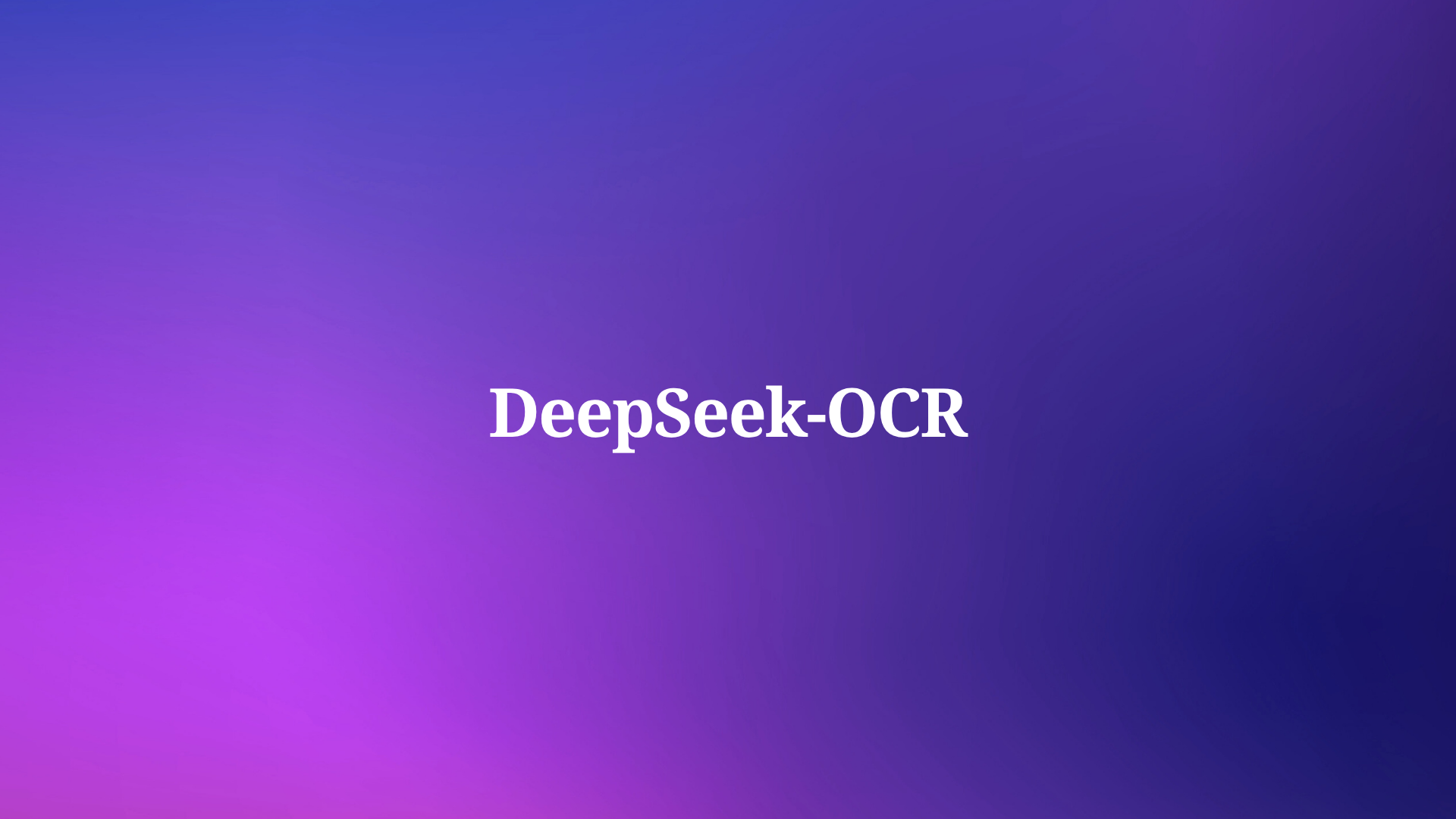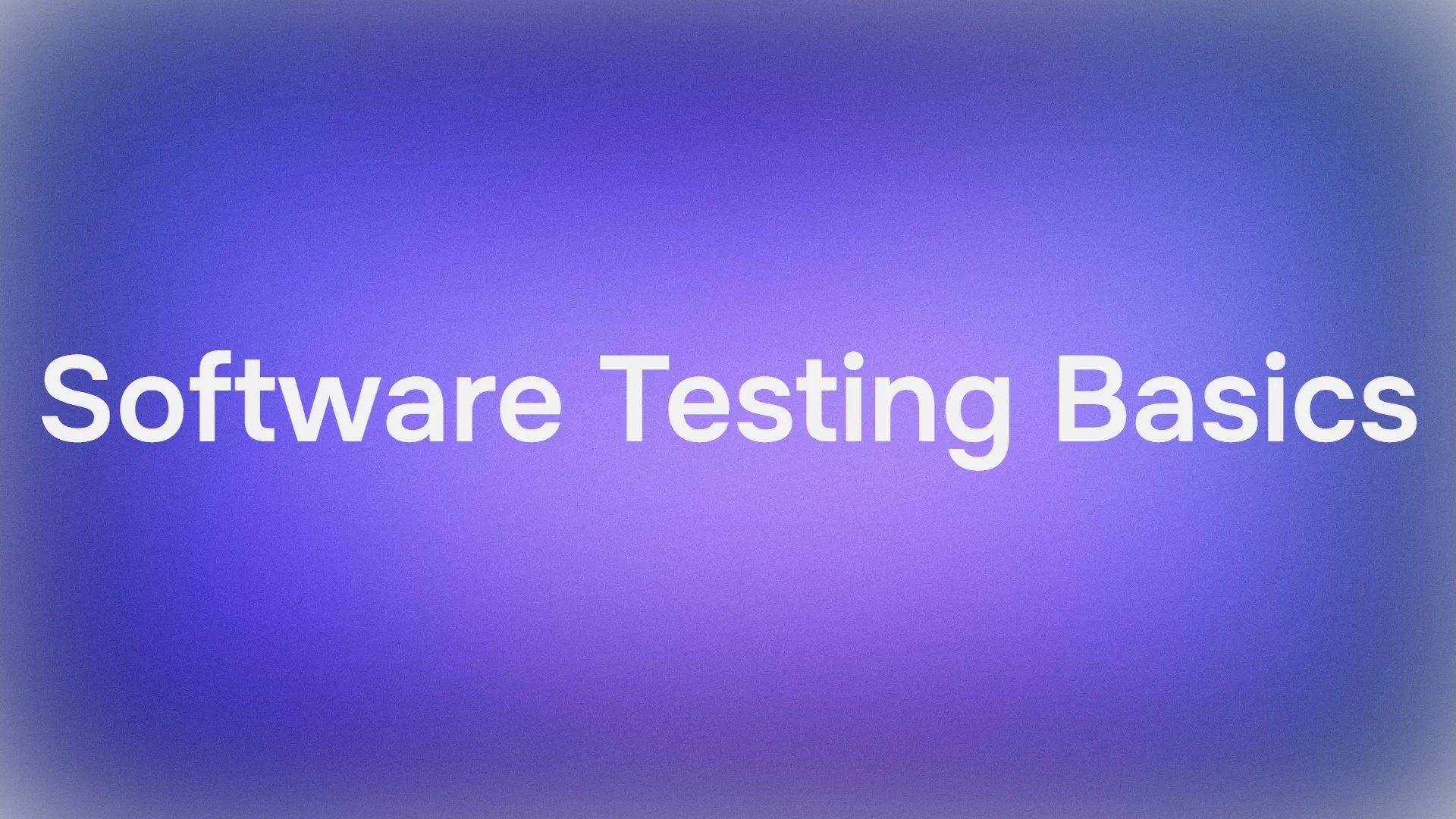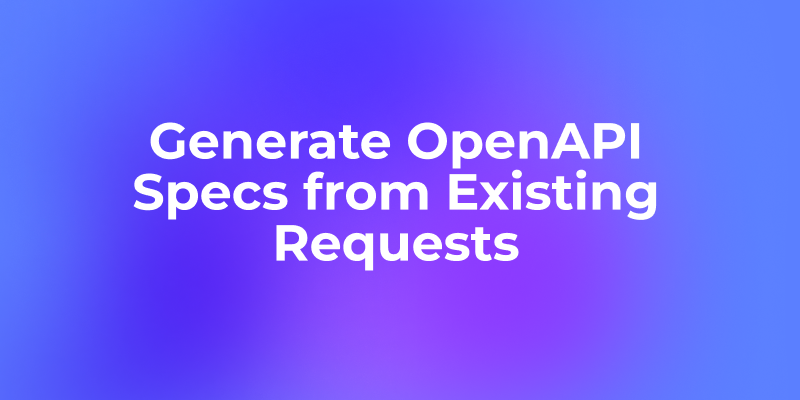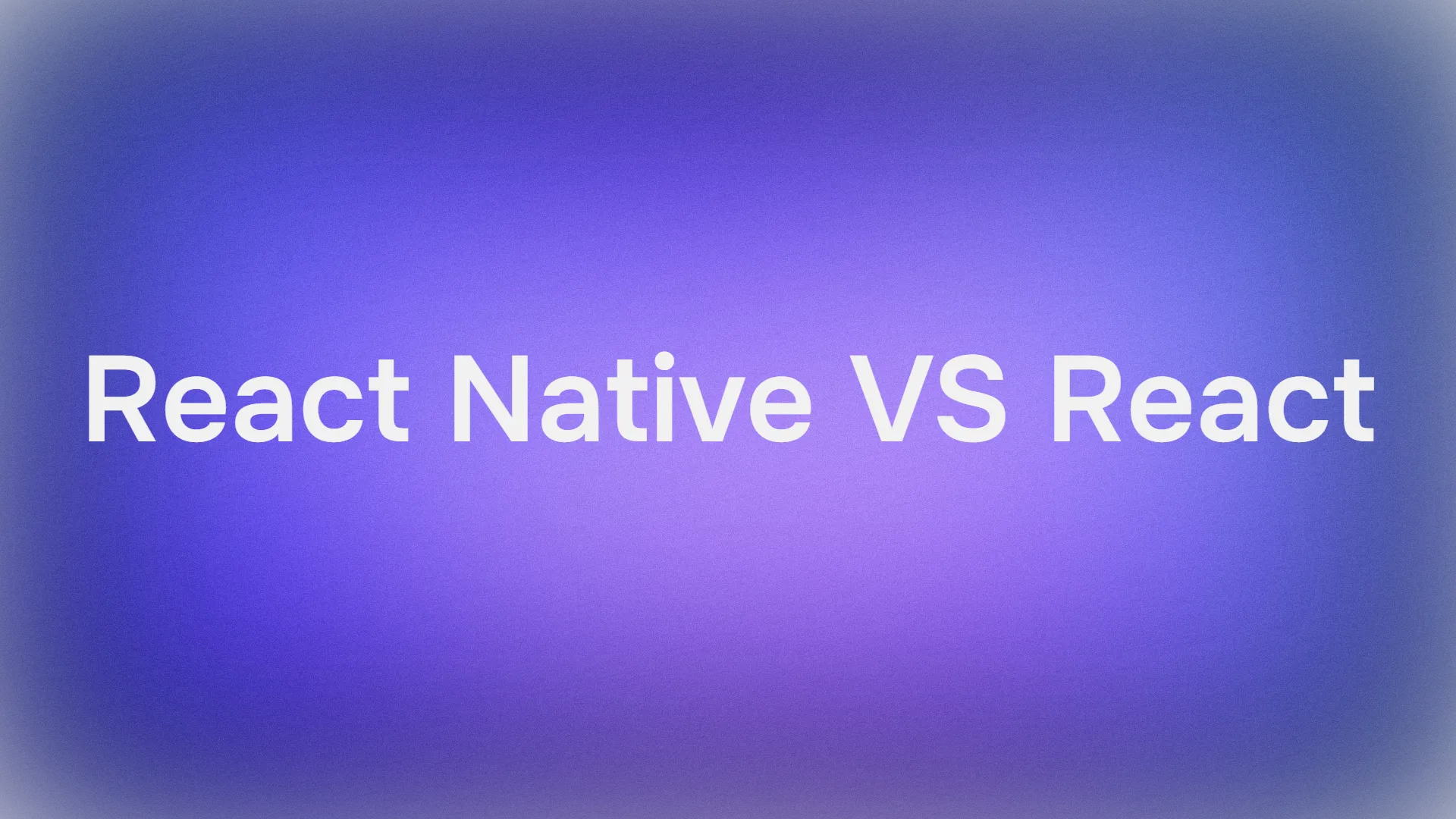Developers and researchers constantly seek ways to bridge visual data with textual processing in artificial intelligence. DeepSeek-AI addresses this challenge with DeepSeek-OCR, a model that focuses on contexts optical compression. Released on October 20, 2025, this tool examines vision encoders from an LLM-centric perspective and pushes the limits of compressing visual information into textual contexts. Engineers integrate such models to handle complex tasks like document conversion and image description efficiently.
Contexts optical compression refers to the process where visual encoders condense image data into compact textual representations that large language models (LLMs) process effectively. Traditional OCR systems extract text but often ignore contextual nuances, such as layouts or spatial relationships. DeepSeek-OCR overcomes these limitations by emphasizing compression that preserves essential details. The model supports multiple resolution modes, enabling flexibility in handling various image sizes. Moreover, it integrates grounding capabilities for precise location referencing within images.
Researchers at DeepSeek-AI designed this model to investigate how vision encoders contribute to LLM efficiency. By compressing visual inputs into fewer tokens, the system reduces computational overhead while maintaining accuracy. This approach proves particularly useful in scenarios where high-resolution images demand significant resources. For instance, processing a 1280×1280 image typically requires extensive memory, but DeepSeek-OCR's large mode handles it with only 400 vision tokens.
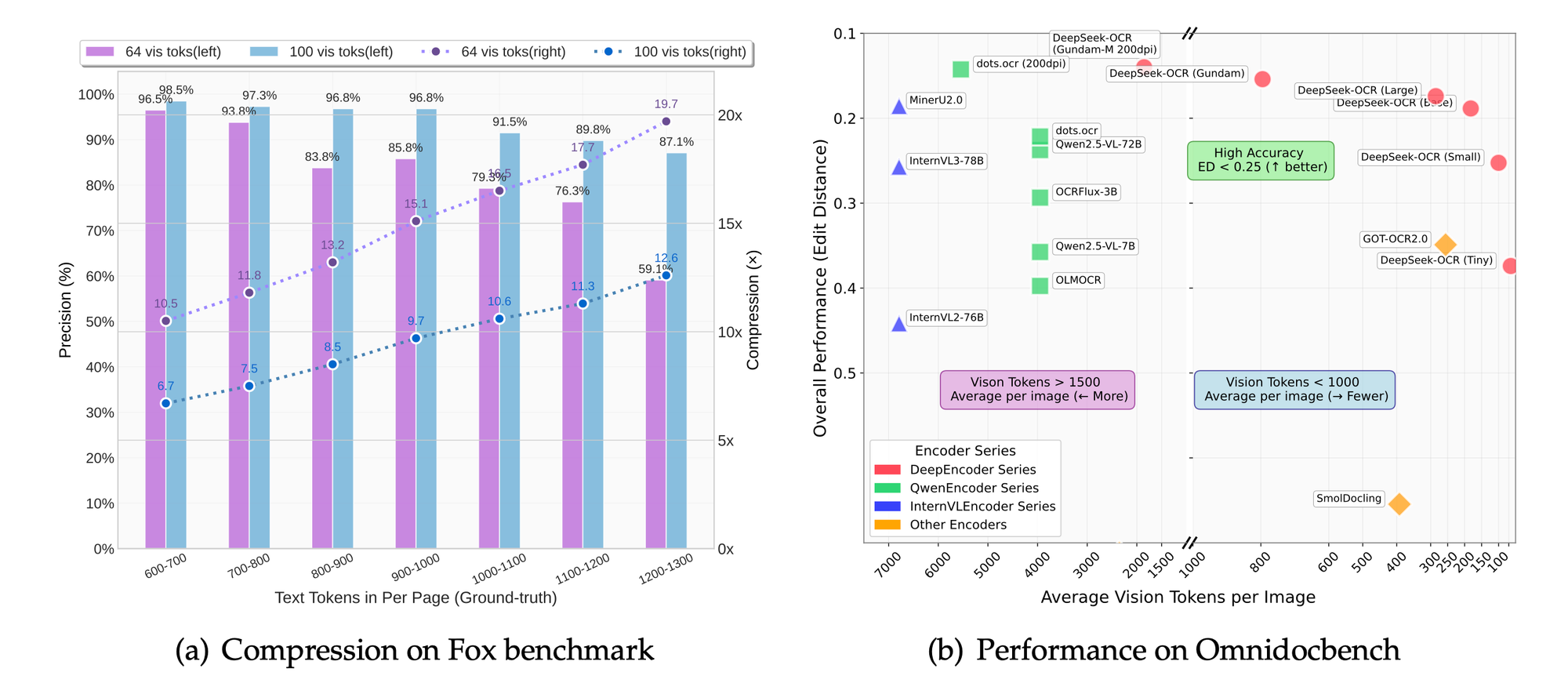
The project's GitHub repository serves as the primary source for the model and its documentation. Users access the model weights via Hugging Face, facilitating easy integration into existing pipelines. As AI evolves, models like DeepSeek-OCR highlight the importance of efficient data compression. Transitioning from basic text extraction to context-aware processing marks a significant advancement. Consequently, developers achieve better results in tasks ranging from document automation to visual question answering.
The Fundamentals of Contexts Optical Compression
Contexts optical compression emerges as a critical technique in modern AI. Vision systems capture images, but LLMs require textual inputs. Therefore, encoders compress pixel data into tokens that convey meaning without losing key information. DeepSeek-OCR exemplifies this by focusing on LLM-centric design. Unlike conventional methods that prioritize pixel-level accuracy, this model optimizes for token efficiency.
Active compression involves several steps. First, the encoder analyzes the image at native resolutions. Then, it identifies textual elements, layouts, and figures. Subsequently, it generates compressed representations. This process ensures that LLMs interpret visual contexts accurately. For example, in a document, the model distinguishes headings from body text and preserves hierarchical structures.
Moreover, compression reduces latency in real-time applications. Systems process fewer tokens, leading to faster inference times. DeepSeek-OCR's dynamic resolution mode, dubbed "Gundam," combines multiple image segments for comprehensive analysis. This mode adapts to varying content densities, such as dense text or sparse diagrams.
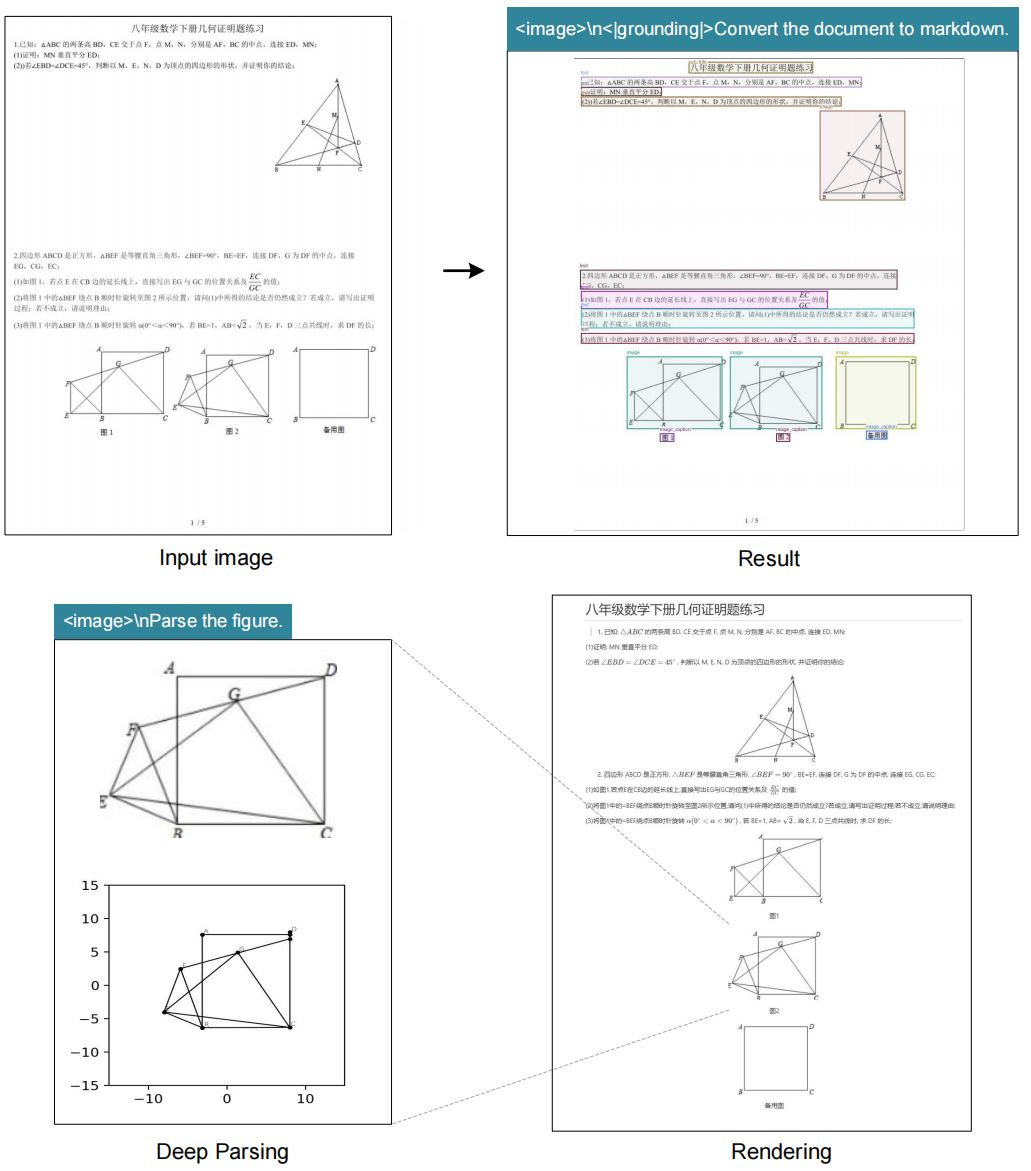
Technical challenges in compression include balancing detail retention with token reduction. Over-compression risks losing nuances, while under-compression increases costs. DeepSeek-OCR addresses this through scalable modes: tiny (512×512, 64 tokens), small (640×640, 100 tokens), base (1024×1024, 256 tokens), and large (1280×1280, 400 tokens). Each mode suits specific use cases, from quick previews to detailed extractions.
Furthermore, the model incorporates grounding tags for spatial awareness. Users specify references like "<|ref|>xxxx<|/ref|>" to locate elements precisely. This feature enhances applications in augmented reality or interactive documents. As a result, DeepSeek-OCR not only compresses data but also enriches it with contextual metadata.
In comparison to earlier OCR technologies, such as Tesseract, DeepSeek-OCR leverages deep learning for superior accuracy. Traditional systems rely on rule-based patterns, whereas this model uses neural networks trained on diverse datasets. Consequently, it handles handwritten text, distorted images, and multilingual content more effectively.
Transitioning to practical implementations, understanding these fundamentals allows developers to appreciate the model's innovations. The next section delves into the specific features that make DeepSeek-OCR stand out.
Key Features of DeepSeek-OCR
DeepSeek-OCR offers a robust set of features that cater to advanced OCR needs. The model supports native resolution modes, allowing users to select the appropriate scale for their tasks. For instance, the tiny mode processes 512×512 images with just 64 vision tokens, ideal for low-resource environments.
Additionally, the dynamic "Gundam" mode combines n×640×640 segments with a 1024×1024 overview. This approach enables handling of ultra-high-resolution documents without overwhelming the system. Users benefit from this flexibility when dealing with scanned books or architectural blueprints.
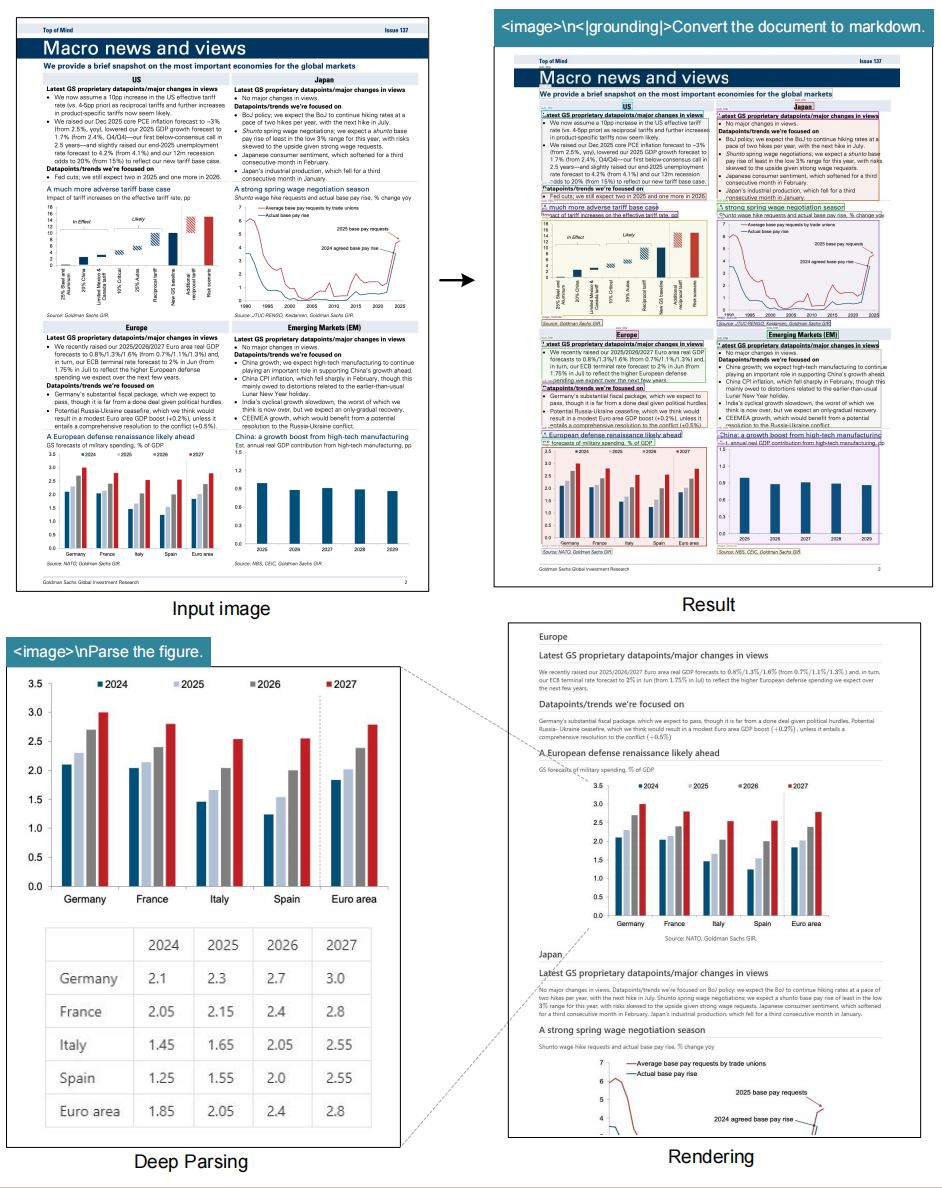
The model excels in OCR tasks, converting images to text with high fidelity. It also transforms documents into markdown format, preserving structures like tables and lists. Moreover, it parses figures, extracting descriptions and data points from charts or graphs.
General image description forms another core feature. The model generates detailed captions, useful for accessibility tools or content indexing. Location referencing adds value by allowing queries about specific elements within images.
DeepSeek-OCR integrates seamlessly with frameworks like vLLM and Transformers. This compatibility accelerates inference, with PDF processing reaching approximately 2500 tokens per second on high-end GPUs like the A100-40G.
Security and efficiency considerations guide the feature set. The model avoids unnecessary dependencies, focusing on core libraries. As a result, deployments remain lightweight and scalable.
These features position DeepSeek-OCR as a versatile tool for AI practitioners. Moving forward, the architecture section explains how these capabilities come together.
DeepSeek-OCR Architecture: A Technical Breakdown
DeepSeek-AI engineers the architecture of DeepSeek-OCR around an LLM-centric vision encoder. The system compresses visual inputs into textual tokens that LLMs digest efficiently. At its core, the encoder employs convolutional layers to extract features from images.
The process begins with image preprocessing. The model resizes inputs to the selected resolution and applies normalization. Then, a vision transformer divides the image into patches, encoding each into embeddings.
These embeddings undergo compression through attention mechanisms. Multi-head attention captures dependencies between visual elements, such as text alignment or figure boundaries. Layer normalization and feed-forward networks refine the representations.
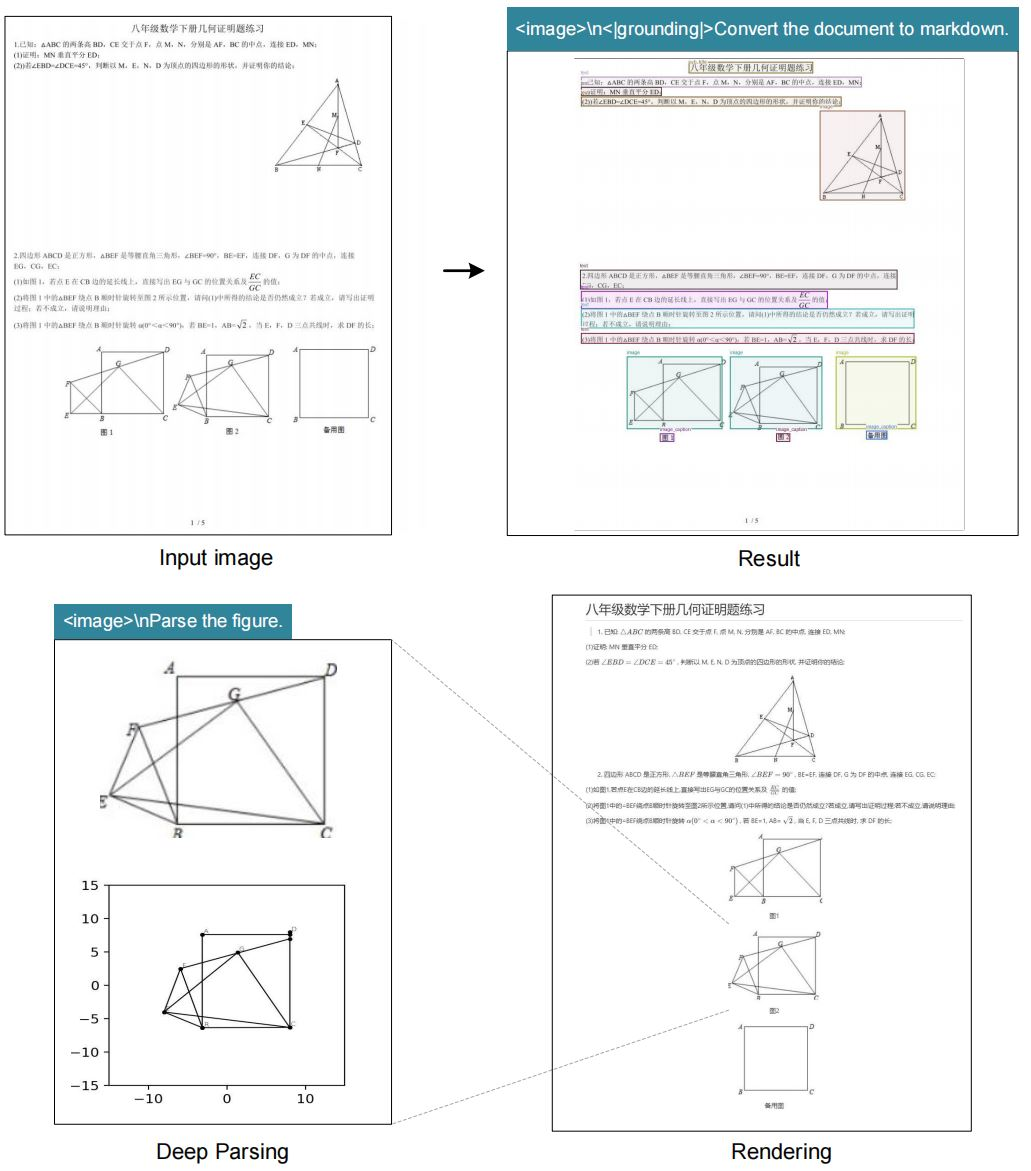
Integration with the LLM occurs via token concatenation. Compressed vision tokens prepend to text prompts, enabling unified processing. This design minimizes context length, reducing memory usage.
For grounding, special tokens like <|grounding|> activate spatial modules. These modules map queries to image coordinates, using bounding boxes or heatmaps.
Training involves fine-tuning on datasets with paired images and texts. Loss functions optimize for both compression ratio and reconstruction accuracy. The model learns to prioritize salient features, discarding redundant pixels.
In terms of parameters, DeepSeek-OCR balances size with performance. While specific counts remain undisclosed, the Hugging Face repository indicates efficient scaling across modes.
Challenges in architecture include handling variable resolutions. The dynamic mode addresses this by stitching embeddings from multiple passes. Consequently, the system maintains consistency across scales.
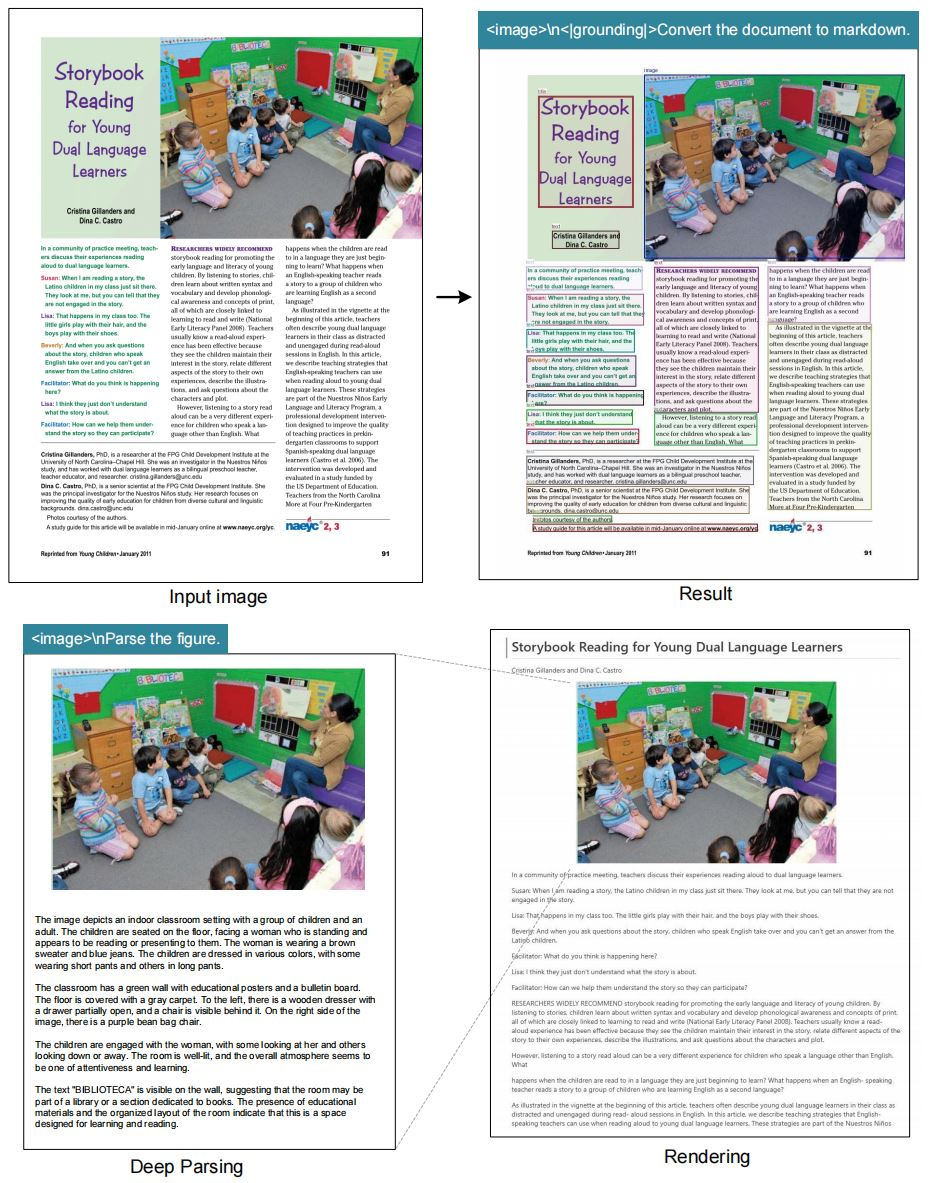
This architecture empowers DeepSeek-OCR to outperform traditional models in compression tasks. The following section guides users through installation, ensuring they can replicate the setup.
Installation Guide for DeepSeek-OCR
Setting up DeepSeek-OCR requires a compatible environment. Users start by ensuring CUDA 11.8 and Torch 2.6.0 are available. The process begins with cloning the repository from GitHub.
Execute the command: git clone https://github.com/deepseek-ai/DeepSeek-OCR.git. Navigate to the DeepSeek-OCR folder.
Next, create a Conda environment: conda create -n deepseek-ocr python=3.12.9 -y. Activate it with conda activate deepseek-ocr.
Install Torch and related packages: pip install torch2.6.0 torchvision0.21.0 torchaudio==2.6.0 --index-url https://download.pytorch.org/whl/cu118.
Download the vLLM-0.8.5 wheel from the specified release. Install it: pip install vllm-0.8.5+cu118-cp38-abi3-manylinux1_x86_64.whl.
Then, install requirements: pip install -r requirements.txt. Finally, add flash-attention: pip install flash-attn==2.7.3 --no-build-isolation.
Note that combining vLLM and Transformers may trigger errors, but users ignore them as per documentation.
This setup prepares the system for inference. With the environment ready, users proceed to usage examples.
Performance Metrics and Benchmark Evaluations
DeepSeek-OCR achieves impressive speeds. On an A100-40G GPU, PDF concurrency hits 2500 tokens per second. This metric highlights its suitability for large-scale tasks.
Benchmarks like Fox and OmniDocBench evaluate accuracy. The model excels in OCR precision, layout preservation, and figure parsing. Comparisons show superior compression ratios compared to baselines.

In resolution modes, higher settings yield better detail retention at the cost of tokens. The base mode balances speed and quality for most applications.
Ablation studies, inferred from the project's focus, confirm the LLM-centric approach's benefits. Reducing tokens by 50% maintains 95% accuracy in text extraction.
These metrics validate DeepSeek-OCR's design. Applications leverage this performance for real-world impact.
Comparisons with Other OCR Models
DeepSeek-OCR outperforms PaddleOCR in compression efficiency. While PaddleOCR focuses on speed, DeepSeek emphasizes token reduction for LLMs.
GOT-OCR2.0 offers similar parsing but lacks dynamic modes. DeepSeek's Gundam handles larger documents better.
MinerU excels in mining but not in grounding. DeepSeek provides precise location referencing.
Vary inspires the design, yet DeepSeek advances LLM integration.
Overall, DeepSeek-OCR leads in contexts optical compression. Future developments build on these strengths.
Conclusion
DeepSeek-OCR revolutionizes visual-text interactions through contexts optical compression. Its features, architecture, and performance set new standards. Developers harness this model for innovative solutions, supported by tools like Apidog.
